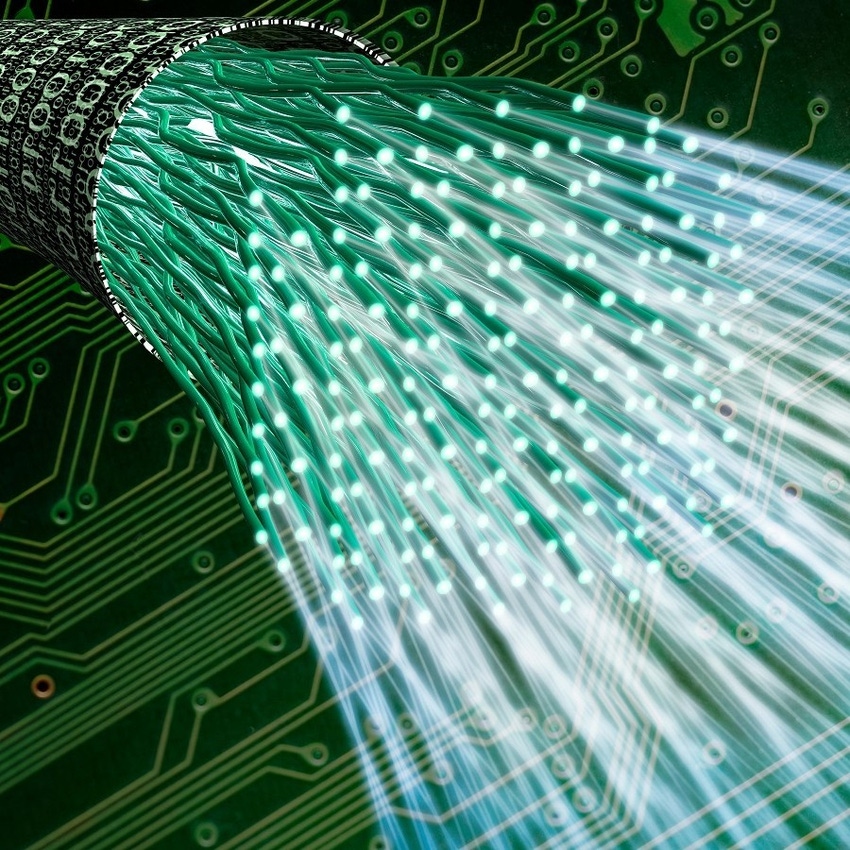Nord Stream attack throws spotlight on subsea cable security
Even before the explosions, western governments were expressing alarm about cable network vulnerabilities.

The sabotage of the Nord Stream oil pipeline has shone a spotlight on the vulnerabilities of the world's subsea cable networks.
The explosions, equivalent to the use of 500 kilograms of TNT, punched four holes in Nord Stream's pipes 75 meters below the sea's surface.
The incident underscores the vulnerability of the 1.3 million km of optical cable that powers the global economy. That international network is a creation of the golden age of globalization, from around 1990 to 2015, where security was taken as a given.
That's not the world we live in now. Even before the Nord Stream attack, western governments – the UK in particular – were speaking up about subsea cable security. The event has almost certainly had the effect of accelerating a shift in thinking that had already begun.
Figure 1:  Western governments were expressing alarm about cable network vulnerabilities even before these explosions.
Western governments were expressing alarm about cable network vulnerabilities even before these explosions.
(Source: Sybille Reuter/Alamy Stock Photo)
Three years ago, the UK Chief of Defense Staff disclosed NATO intelligence that Russia had submarines equipped to slice through deepwater cable and blow up the larger deep ocean gas pipelines.
In January of this year, the head of UK armed forces, Admiral Tony Radakin, said there had been a "phenomenal increase in Russian submarine and underwater activity" over the past two decades and warned that any attack on a subsea cable could be considered an "act of war."
The vulnerabilities are not just under the water. Cable landing stations are also prime military targets. China's People's Liberation Army (PLA) appears to be targeting the cable landing facilities for all of Taiwan's 15 international cables, a leaked database shows.
New cable protection ships
One response to this by the UK government is to commission cable protection ships, announcing the second one last week in the wake of the Nord Stream incident. Defense Minister Ben Wallace said sabotage of undersea cable infrastructure posed "an existential threat to the UK."
The vessels will be fitted with sensors and will be able to remotely deploy autonomous undersea drones to monitor subsea installations.
While the surveillance ships are an important tool, probably the single most effective step in cable protection is cable system design, ensuring strong redundancy. Another valuable technology is the use of sensors to track and report on faults and suspicious behavior.
A report for the European Parliament earlier this year also argued for the creation of closely monitored cable corridors. They will likely be effective in the EU's choke points in the Red Sea and Straits of Gibraltar, but may be of limited value in the expanses of the major oceans.
Cable protection is complicated by a mess of legal and bureaucratic issues – like the unclear legal status of cables in international waters. Countries have full jurisdiction in their territorial waters, i.e., up to 12 nautical miles, but beyond that, it's ambiguous as to who is responsible for their security.
'Little incentive to invest in security'
This gives cable systems operators "little incentive to invest in security, or cooperate with the government, increasing their vulnerability to attack," according to legal expert Claudio Bozzi.
The privatization of cable infrastructure has meant "cost-effective practices being adopted to reduce operating costs," he writes. "But this has been achieved by reducing maintenance and surveillance."
The EU parliament study says surveillance is currently conducted by cable players and some member states, but there is no coordinated data collection or tracking of potential threats.
Want to know more? Sign up to get our dedicated newsletters direct to your inbox.
The report calls for information sharing between government and industry, coordination between law enforcement agencies and for cable surveillance to be included in current maritime patrols.
But it also highlights the many gaps in the current capabilities, including the EU's "very limited repair capabilities," the lack of mandatory reporting of cable faults or threats and the growing dependence of the military on cable infrastructure.
Related posts:
— Robert Clark, contributing editor, special to Light Reading
Read more about:
AsiaAbout the Author(s)
You May Also Like




_International_Software_Products.jpeg?width=300&auto=webp&quality=80&disable=upscale)







